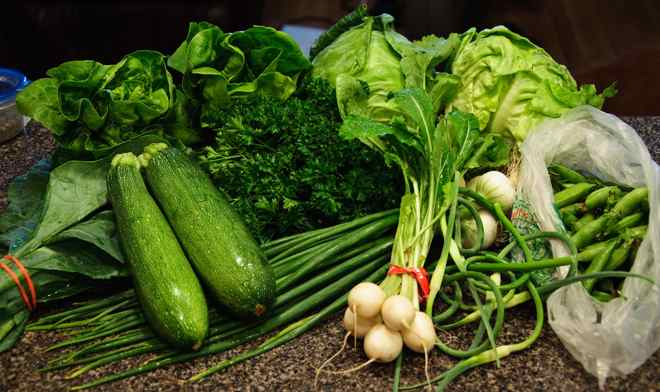The inefficiencies of in-kind donations have long been an issue for disaster relief. A recent blog post on the Stanford Social Innovation Review goes so far to call it a “second disaster” for the unnecessary additional stress it creates for relief workers who don’t know what to do with well-intentioned, but unproductive supplies like toys, used clothing, shoes and the like.
These inefficiencies are not limited to disaster relief drives but are characteristic of all in-kind drives that are regularly organized to support various causes – food drives, school supply drives, animal shelter drives, toy drives, etc. These types of drives have many critics due to their inherent inefficiencies yet they continue to proliferate. Why is that?
In days of yore, life was simpler and we all knew our neighbors. If someone needed help, we figured out what was needed and we helped them – directly. Sometimes all they needed was a cup of sugar. Sometimes it was much more than that. So we made meals, brought over clothing, cared for the kids – we did what was right and what was needed and it felt pretty good to know how we were making a difference.
That’s why most of us give – to make an impact. And despite the fact that it takes more time to donate goods compared to sending money, many like to donate goods because it feels more like you’re accomplishing something and it’s more personal than writing a check. So, despite a long list of inefficiencies, in-kind charity persists.
But like many things that have been done the same way for a long time, it’s been ripe for a change. The authors of the SSIR blog post suggest the creation of an online donation registry. Not only is this a great idea for removing inefficiencies, but it also delivers a plethora of efficiencies and other benefits that are simply impossible within the traditional model of in-kind donations.
What the authors suggest is exactly what we have done at YouGiveGoods.com – an online platform that addresses every identifiable inefficiency that exists within the traditional in-kind donation process.
At its core, our system is driven by data and constructed to enhance the social and emotional aspects of giving. It’s designed to make in-kind charity easy, efficient, transparent and fun. It also makes enables the people on the front lines of helping – at food pantries, in disaster zones and elsewhere – to communicate what they need.
So far, our model has been quite successful. In 2012, we generated 100 tons of goods for people in need, many of them victims of Hurricane Sandy. We realize, of course, that there is still a lot of work to be done, which is why we are constantly updating our platform to support new and ever-more-specific services.
One of the future services we’re most excited about is fresh produce drives. Traditional food drives are limited to nonperishable food items for good reason. If you put a head of lettuce in a collection box, it turns into something else long before it arrives at a food pantry. Our system fixes that because we don’t rely upon collection boxes. With the growing consciousness that helping the hungry is not just about caloric count but also about nutrition, we think people will be more inclined to donate healthy food if it’s possible to do so.
Instead of a cup of sugar, you’ll be able to help out with fresh lettuce, or cucumbers or carrots, or maybe some strawberries. Wouldn’t that be sweet?















